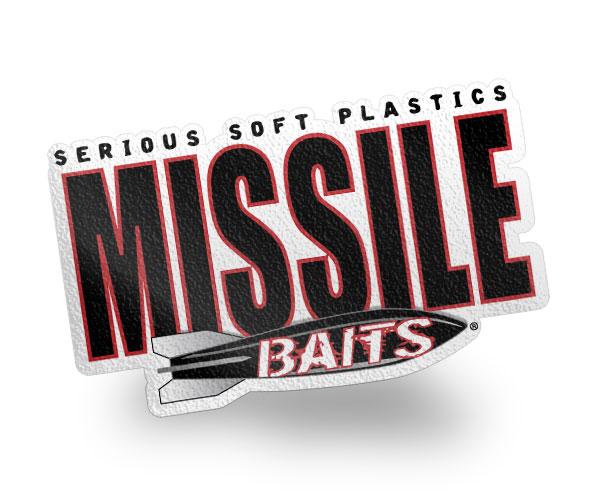Crankbait Control
Fishermen control two of the most important factors of a presentation with depth and speed control. One lure that these twofactors have the greatest influence on is a crankbait. If not presented at the depth that the fish are holding it can be difficult to get a bite unless the bass are very active. Getting the lure into the strike zone is just as important as making a prefect cast. Once the lure is in the zone, always remember that your retrieve controlled at either a fast or slow presentation it should be erratic to entice a strike. The next few paragraphs contain some tips to help you take control of a crankbait.
The depth that a crankbait will run will be determined by several things such as line size, bill design and retrieve speed. As a rule of thumb, crankbaits run deeper when retrieved slowly on a lighter line and with longer casts. Crankbaits with longer bills run deeper and have a wider wobble than the baits with smaller bills. The key for better controlling and fine tuning a presentation is to find the perfect line weight for a lure designed to run at a specific depth. For example if you use a lighter weight line, you will gain depth, however if you plan to bounce the lure off cover and objects you cannot not go too light. Many anglers use at least ten pound test or better for cranking. A line with some stretch line is preferred by many for the simple reason it is harder for a bass to throw a crankbait without the resistance. It is for this same reason a cranking rod has some give to it. Another way that anglers vary the depth of a crankbait is with the height of the rod tip and some even stick the tip of the rod in the water to get the bait in the strike zone.
One technique that is equally effective for both deep and shallow crankbait presentation is bumping. By allowing the bait to bump the bottom and search or hunt as digs, and scrapes along the bottom making a silt cloud and a commotion is another way to achieve results by controlling speed and depth. The bait must dive deeper than the water depth for anglers to achieve this presentation. Anglers can achieve a deeper run by attaching split-shot a few inches above the lure on the line. Others will Carolina rig a crankbait to achieve a bumping presentation. This technique can be very effective when bass are feeding down on bright sunny days and when they are in a negative mood.


Happy Fishing!

